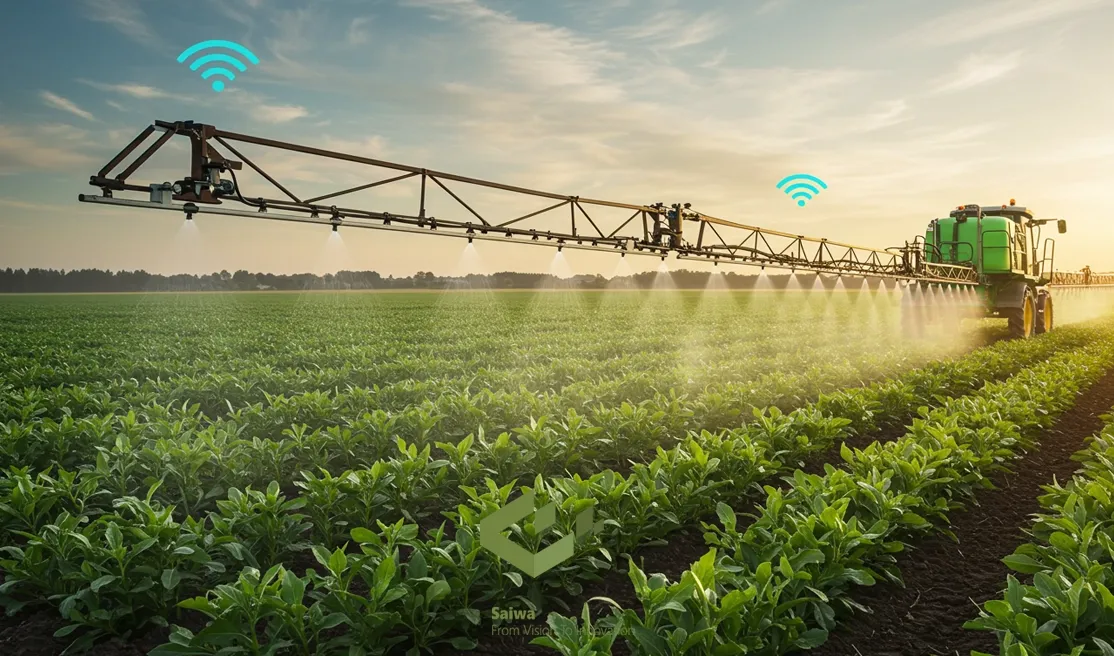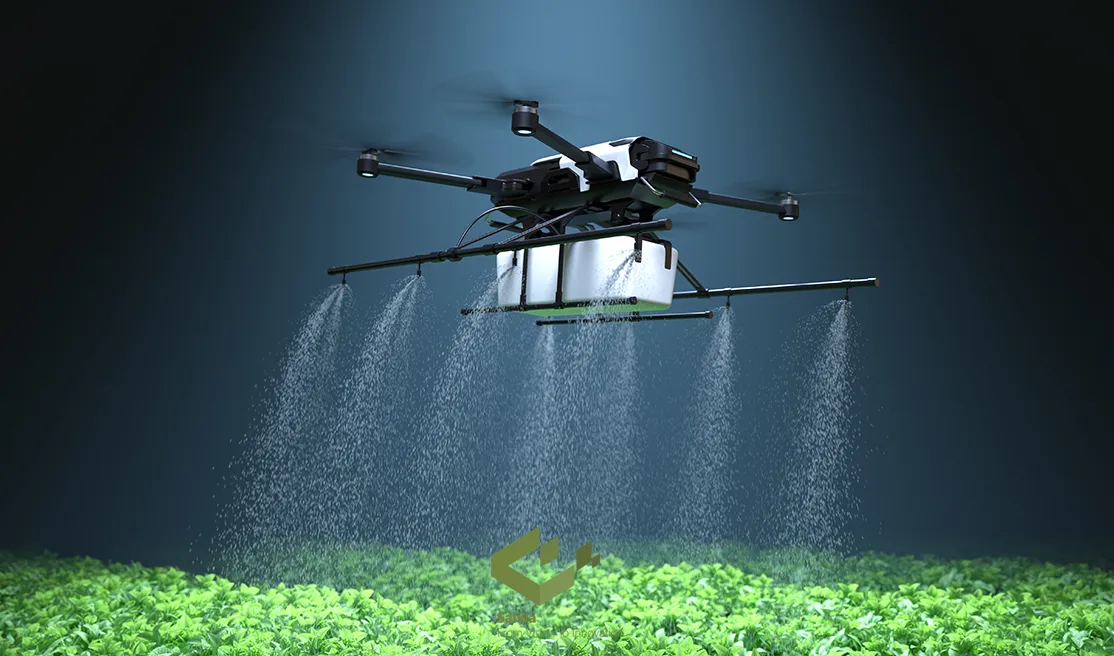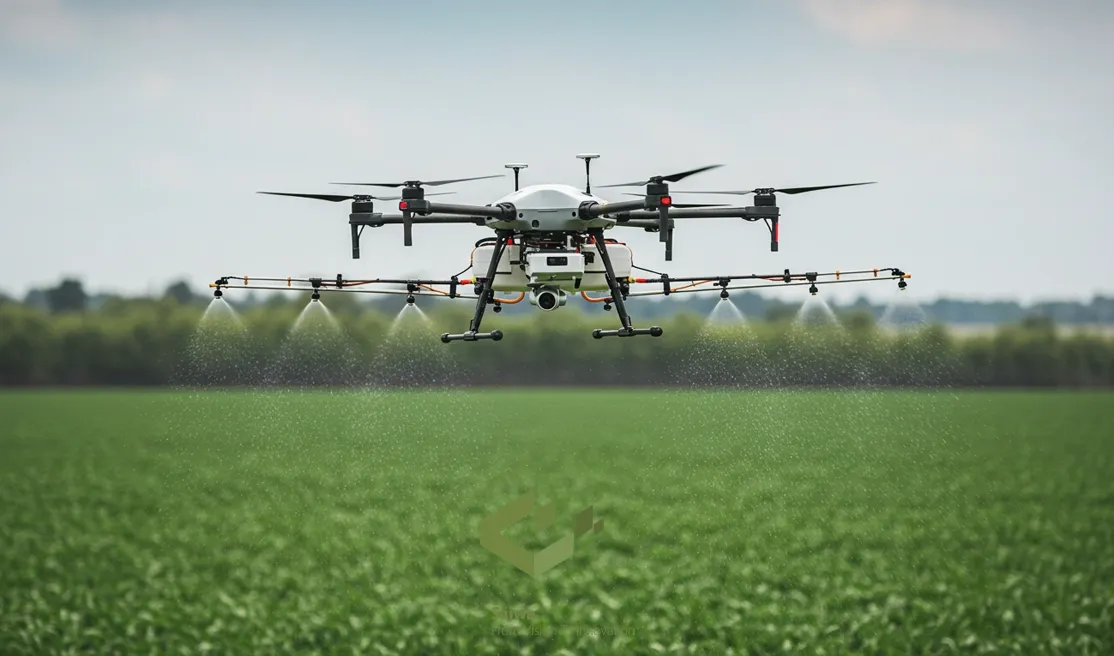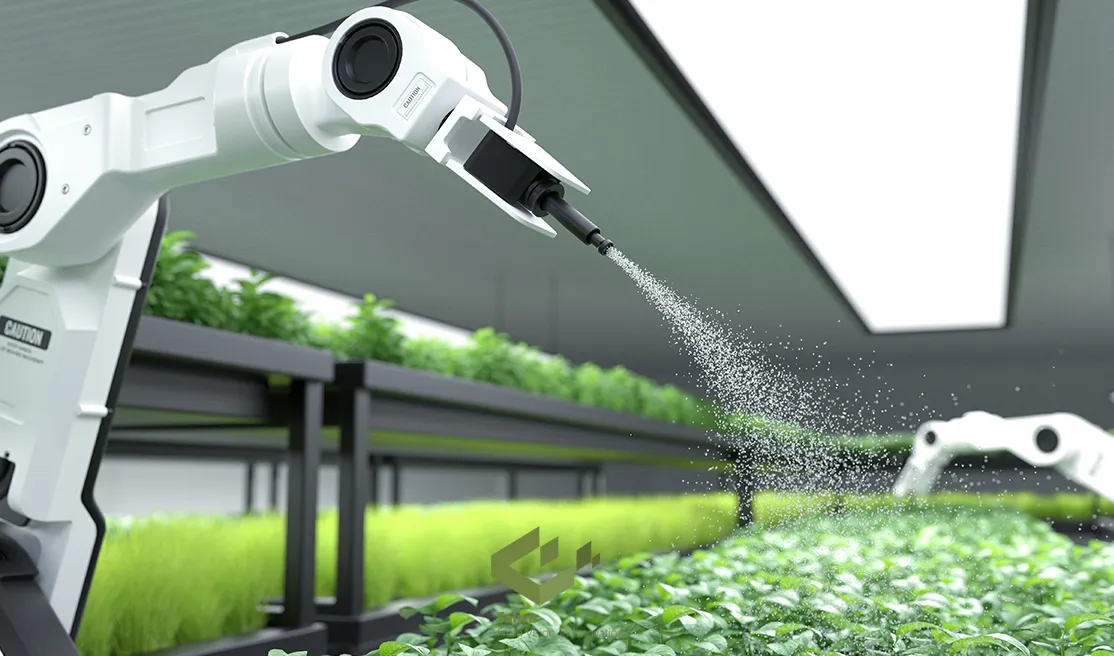How Precision Spraying Technology Is Transforming Farming Efficiency

Modern agriculture operates under the immense pressure to boost productivity while simultaneously minimizing its ecological footprint. The era of broadcast chemical application is giving way to a more intelligent, targeted approach. Advanced AI platforms, such as those developed by Saiwa, are at the forefront of this shift, turning complex field data into actionable insights.
This article dissects the core mechanics, operational benefits, and advanced technologies that define this agricultural evolution, offering a clear guide to enhancing farm efficiency through precision.
Essential Elements of Precision Spraying
The effectiveness of Precision Spraying Technology relies not on a single tool but on an ecosystem of coordinated components. This integration allows for a surgical approach to crop treatment. Key pillars of this system include:
Sensing and Detection Systems
These are the eyes of the operation. Advanced optical and thermal sensors differentiate crops from weeds (“green-on-green”) or plants from bare soil (“green-on-brown”), feeding real-time data to the sprayer’s control unit for instantaneous decision-making.
Variable Rate, Patch, and Spot Spraying Methods
Moving beyond uniform application, these methods deliver chemicals only where needed. Variable Rate Technology (VRT) adjusts the amount of spray based on a pre-programmed map or sensor data, while patch and spot spraying target specific problem areas or individual plants.
Pulse Width Modulation (PWM) Nozzles & Flow Control
PWM systems provide unparalleled control over spray application. By rapidly pulsing individual nozzles, they maintain a consistent spray pattern and pressure across a wide range of speeds, significantly reducing chemical drift and ensuring each droplet is optimized for its target.
GPS Guided Systems and Mapping
High-precision GPS and GNSS receivers guide equipment with sub-inch accuracy, eliminating overlaps and skips. These systems generate "As-Applied" maps, creating invaluable data records that inform future soil management and treatment strategies.
Benefits of Precision Spraying in Modern Agriculture

Adopting this data-driven methodology yields tangible and well-documented results across operational, financial, and environmental domains. The primary advantages consistently observed in field studies offer compelling incentives for producers:
Reduced Input Costs: By targeting only necessary areas, herbicide consumption can be drastically cut—studies show an average reduction of 76%. This efficiency in Weed detection directly translates into significant financial savings on chemicals.
Faster Insights and Smarter Decisions: The constant flow of data from sensors and GPS provides farmers with a detailed understanding of their fields. This information supports more informed, proactive management decisions season after season.
Lower Environmental Impact: Precise application minimizes chemical runoff into waterways and soil, protecting local ecosystems, groundwater, and beneficial insects. This aligns operations with increasingly vital Environmental, Social, and Governance (ESG) criteria.
Stronger Compliance and Risk Control: Automated and detailed records of chemical usage simplify reporting and ensure adherence to strict environmental regulations, reducing the risk of legal liabilities associated with off-target spray drift.
- Human Health and Safety: Reducing unnecessary chemical exposure protects farm workers, nearby communities, and consumers from potential health hazards associated with pesticides.
- Improved Crop Quality: Targeted spraying reduces plant stress and prevents chemical overexposure, resulting in healthier crops, higher yields, and better marketable quality.

Integration with AI and Robotics
Modern precision sprayers equipped with AI vision systems and autonomous navigation improve targeting accuracy and adaptability, even under variable field conditions—making every application smarter and more sustainable.
To clearly illustrate the advantages of AI-powered precision spraying over conventional methods, the following table compares key Features of traditional spraying with modern, data-driven approaches.
Feature | Traditional Spraying | Precision Spraying (AI-Driven) |
Scalability & Coverage | Limited by labor and machinery | Efficient coverage even on large or complex fields |
economical Efficiency | High input costs due to over-application | Significant cost savings through optimized usage |
Data Insights | Minimal; relies on visual inspection and manual logs | Continuous sensor & GPS data provides real-time, actionable field insights |
Chemical Usage | Broad, blanket application; high consumption and waste | Targeted application; up to 76% reduction in herbicide use |
Environmental Impact | Higher risk of runoff, soil contamination, and harm to beneficial insects | Minimizes chemical runoff, protects soil, water, and ecosystems |
Human Health & Safety | Increased exposure risk for workers and nearby communities | Reduced exposure due to targeted spraying |
Crop Quality & Yield | Uneven coverage may stress plants; potential crop loss | Healthier crops, improved yield, and better marketable quality |
Compliance & Reporting | Manual records; risk of non-compliance | Automated, accurate records simplify reporting and ensure regulatory compliance |
Decision Making | Reactive; based on observations and past experience | Proactive; data-driven decisions for timely interventions |
Advanced Technologies Powering Precision Spraying
The evolution of Precision Spraying Technology is profoundly accelerated by integrating next-generation innovations that enhance autonomy and analytical power. These systems are pushing the boundaries of what is possible, as demonstrated in the following areas:
Autonomous Robots
Ground-based robotic platforms can navigate fields day and night, methodically identifying and treating weeds or pests without human intervention, offering a solution to labor shortages and increasing operational windows.
Integrated Machine Learning Decision Systems
At the heart of modern systems are sophisticated machine learning models that interpret sensor data in real time. Building such robust models often leverages foundational AI services, including the object detection tools available through platforms like Fraime, empowering developers to create specialized agricultural recognition solutions.
Remote Sensing
Imagery from satellites and aircraft provides a macro-level view of crop health across vast areas, identifying stress zones that may require targeted scouting and intervention long before they are visible to the naked eye.
Drone-Based Spraying
Drones offer unparalleled agility for treating hard-to-reach areas or for spot-spraying infestations with high precision, representing an efficient tool for rapid-response applications without causing soil compaction.

Unlocking New Possibilities in Precision Spraying with Sairone
Platforms like Sairone exemplify the synthesis of these advanced technologies. By analyzing high-resolution drone imagery, Sairone translates complex visual data into practical, field-level directives. Its AI-driven suite automates critical analyses essential for Plant health monitoring, empowering growers to make data-backed decisions that optimize input use, predict yields, and drive a new standard of agricultural efficiency.
Conclusion
Precision spraying has transcended being an optional upgrade to become a fundamental component of sustainable and profitable agriculture. It represents a critical pivot from volume-based to intelligence-based farming. By merging robotic accuracy with AI-driven analytics, this approach not only addresses the economic realities of modern farming but also champions the environmental stewardship essential for our future.
Note: Some visuals on this blog post were generated using AI tools.

